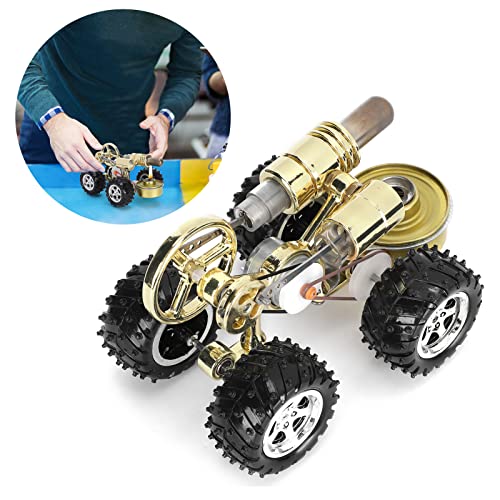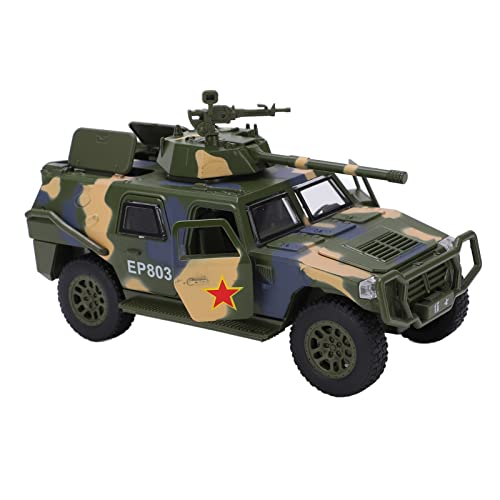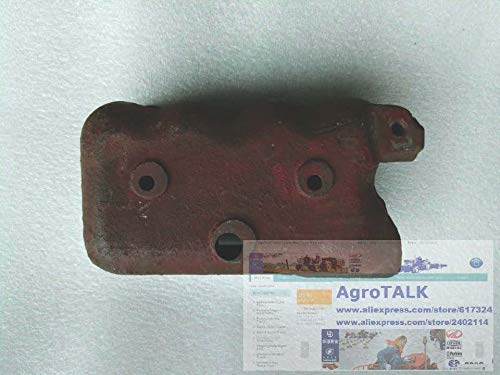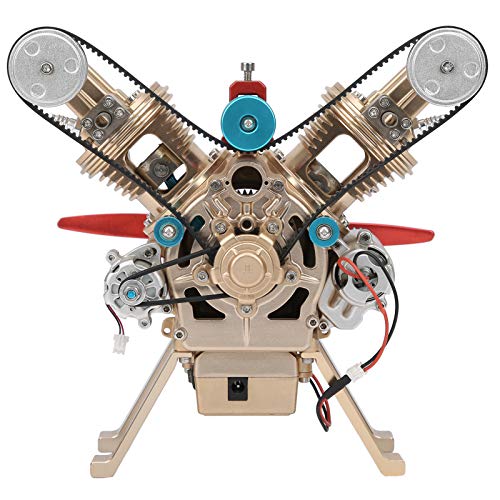To get a small diesel to run the fuel pump, the injector and the combustion chamber are all important. Sufficiently atomized fuel must be injected into high temperature and pressure air in such a way that combustion takes place rapidly but in a controlled way.
As Minh says control of volume and timing are important. The volume can be changed by altering the stroke however this also tends to alter the timing of the start of injection. I think Find Hansen has controls to adjust the volume and timing separately. The alternative is to copy full size practice and fix the timing of the start injection whilst controlling the volume with the end of injection using a helix in the pump plunger. The components will be quite small, a 20 cc cylinder will require around 2mm3 of fuel at full output, say a 2mm plunger and ~1.5mm stroke.
The injector needs to sufficiently atomise the fuel so the droplets are small enough to reach ignition temperature without much delay. This typically achieved using a very small anulus between the nozzle and the needle, either external with a poppet design such as Find Hansen’s or internal with a conventional needle design. Assuming a compression pressure of around 35 bar to reach ignition temperature the injection pressure will need to be 100 bar plus. With a 1.5mm diameter needle this would require a spring load of around 18N. For a poppet design the compression pressure will tend to keep the injector closed so the spring force can be less, for a needle design the compression pressure will tend to force the injector open so more force will be required.
The combustion chamber needs to be compact to minimize heat loss and needs to ensure the air is moving rapidly to allow good mixing with the fuel droplets.
As practical example this is my 20cc four stroke diesel with two different injectors. It has a helix controlled injection pump. The first is just a 0.2 mm diameter nozzle backed with a non-return valve. The engine won’t fire and unburnt fuel flows out of the exhaust.
The second is with a needle type injector, again with a 0.2mm nozzle. The engine starts as soon as I move the fuel rack to start the injection (this was a cold start).
There are various construction pictures of this and other engines here:
https://www.flickr.com/photos/153503473@N05/with/50539849686
Here are the two injector designs:
View attachment 158020
View attachment 158019


































![MeshMagic 3D Free 3D Modeling Software [Download]](https://m.media-amazon.com/images/I/B1U+p8ewjGS._SL500_.png)






































